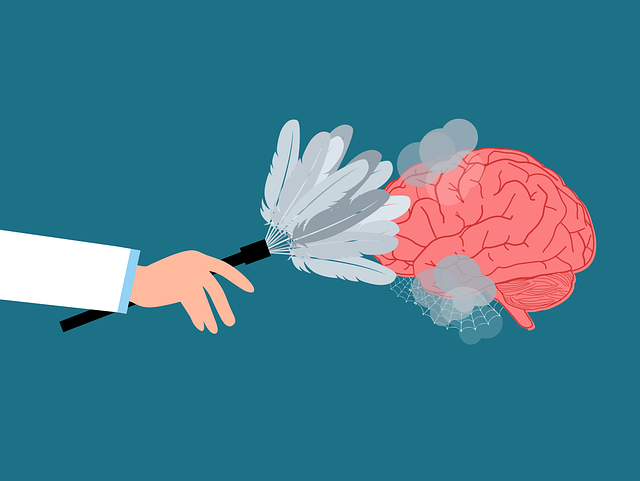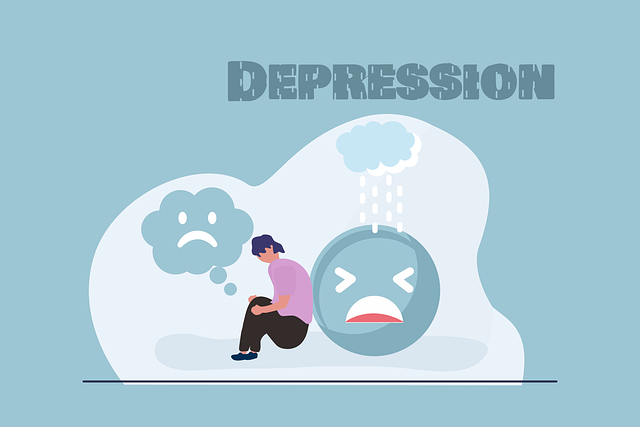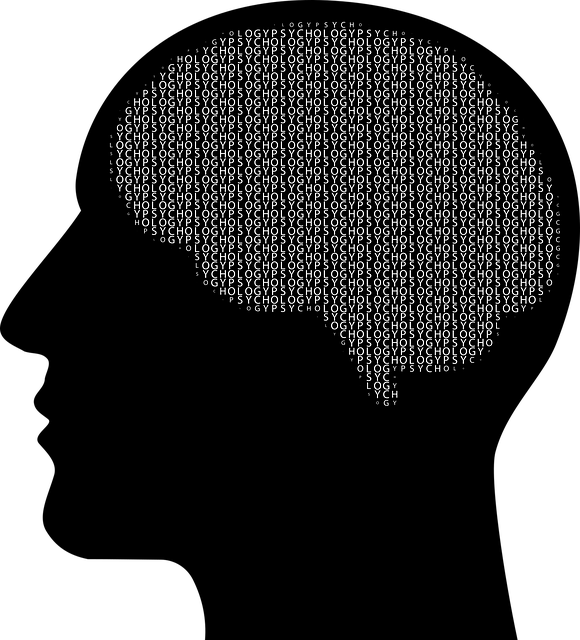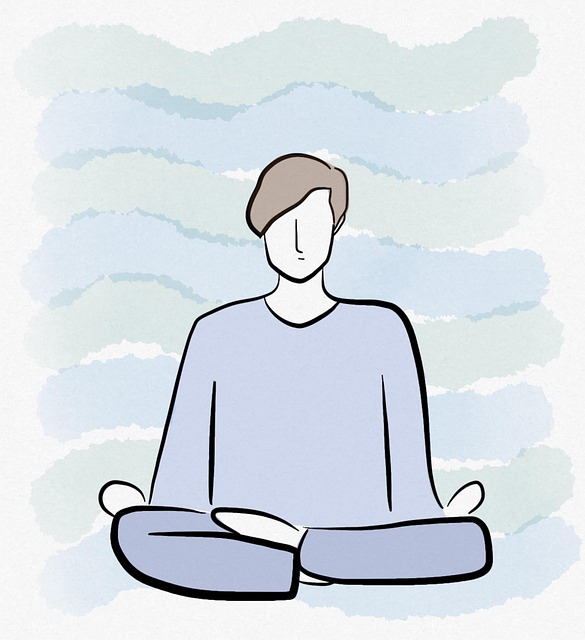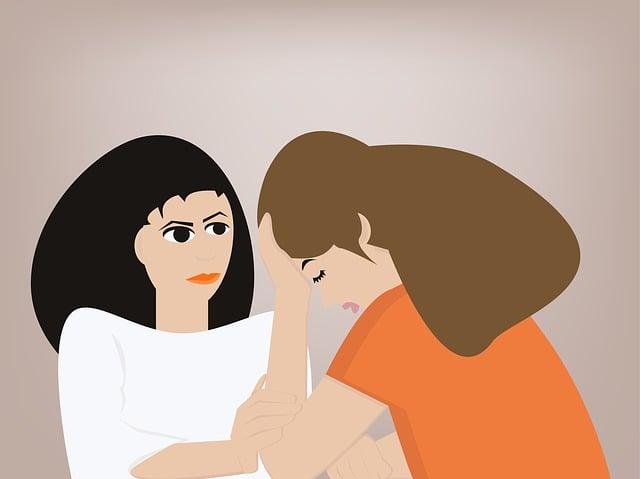Mental health education and stigma reduction are vital for vulnerable populations like children who have experienced trauma, exemplified by Littleton Child Abuse Therapy. To combat stigma, communities must provide accurate mental health information, advocate for better policies, and train healthcare providers in cultural competency. A comprehensive youth program includes interactive workshops, group discussions, and age-appropriate materials on stress management, coping mechanisms, and resilience building. Evidence-based therapy practices incorporate mood management techniques, journaling exercises, mindfulness, relaxation, and cognitive-behavioral strategies to enhance coping abilities and self-awareness. Community collaboration, including leaders and peers, ensures culturally sensitive content and peer support systems, promoting holistic well-being within Littleton child abuse therapy contexts.
“In today’s fast-paced world, addressing mental health among youth is more critical than ever. This article explores the design of an educational program aimed at empowering young individuals with knowledge about mental well-being. We delve into crucial aspects such as dispelling stigma and misconceptions, structuring engaging curricula, employing evidence-based therapy practices, and fostering community collaboration—all essential components for effective support, especially in contexts like Littleton Child Abuse Therapy, where holistic care is paramount.”
- Understanding Mental Health: Breaking Down Stigma and Misconceptions
- Program Structure: Creating a Comprehensive Curriculum for Youth
- Evidence-Based Practices: Strategies for Effective Therapy Sessions
- Community Involvement: Collaboration for Long-Term Support and Recovery
Understanding Mental Health: Breaking Down Stigma and Misconceptions

Mental health is a complex and often misunderstood aspect of human life. Breaking down stigma and misconceptions is a crucial step in promoting overall well-being, especially for vulnerable populations like children who have experienced trauma through events such as Littleton child abuse therapy cases. Stigma surrounding mental illness can deter individuals from seeking help, leading to prolonged suffering. By educating communities, we can foster an environment of compassion and support, encouraging open conversations about mental health challenges.
This process involves challenging societal norms and providing accurate information about various conditions, their causes, and available treatment options. Incorporating strategies like Mental Health Policy Analysis and Advocacy can help in policy-making that ensures better access to mental healthcare services. Additionally, training for healthcare providers on cultural competency, including understanding the impact of trauma, is essential. Such approaches contribute to a more inclusive and supportive system, ensuring no one feels left behind when seeking assistance for their mental health concerns.
Program Structure: Creating a Comprehensive Curriculum for Youth

In designing a mental health education program for youth, creating a comprehensive curriculum is paramount. The program should integrate various components to holistically address emotional well-being promotion techniques and foster inner strength development. This includes interactive workshops, group discussions, and age-appropriate educational materials that delve into topics such as stress management, coping mechanisms, and building resilience. By incorporating these elements, the program aims to equip young individuals with the tools needed to navigate mental health challenges effectively.
For instance, a structured curriculum might include weekly sessions focused on different aspects of mental wellness, supported by engaging activities and multimedia resources. Incorporating a Mental Wellness Podcast Series Production within the program can further enhance learning outcomes by providing real-life narratives and expert insights. Tailoring these sessions to align with the experiences and interests of the youth, such as those who have undergone Littleton Child Abuse Therapy, ensures relevance and encourages active participation.
Evidence-Based Practices: Strategies for Effective Therapy Sessions

In designing evidence-based practices for therapy sessions, particularly focusing on programs like Littleton Child Abuse Therapy, it’s essential to incorporate strategies that have proven effectiveness in promoting mental wellness. One such approach is integrating mood management techniques into therapeutic routines. Teaching clients, especially children, skills to recognize and regulate their emotions can significantly enhance their coping abilities. Mental wellness journaling exercises guidance can be a powerful tool; encouraging individuals to reflect on their feelings and experiences fosters self-awareness and provides a safe space for expression.
Additionally, incorporating stress reduction methods tailored to individual needs is vital. This might include mindfulness practices, relaxation techniques, or cognitive-behavioral strategies. By offering a comprehensive range of evidence-based tools, therapy sessions become more dynamic and impactful. Such methods not only aid in managing immediate distress but also equip clients with long-lasting skills for navigating future challenges, ultimately contributing to improved mental health outcomes, especially when tailored to the unique needs of children who have experienced trauma like those in Littleton Child Abuse Therapy programs.
Community Involvement: Collaboration for Long-Term Support and Recovery

Community involvement is a cornerstone in designing effective mental health education programs, especially when focusing on long-term support and recovery for individuals who have experienced trauma, such as child abuse in Littleton. Collaborating with local communities fosters an environment of collective responsibility, where residents actively contribute to prevention efforts, early intervention, and sustained recovery. By integrating community members into the program, participants gain access to a supportive network that extends beyond traditional therapy settings. This collaboration encourages the adoption of self-care practices and stress management techniques, empowering individuals to take charge of their mental wellness.
The involvement of community leaders, organizations, and peers can ensure that educational content resonates with cultural nuances and local needs. It also facilitates the development of peer support systems, where individuals who have successfully navigated similar challenges can offer guidance and encouragement. Such collaboration strengthens the impact of mental health programs, fostering a sense of belonging and promoting holistic well-being within the community, ultimately reducing the prevalence of trauma and enhancing overall resilience.
Mental health education programs, like those designed for youth in Littleton Child Abuse Therapy settings, must be comprehensive, evidence-based, and community-driven. By addressing stigma, implementing structured curricula, employing effective therapy strategies, and fostering collaboration, we can create supportive environments that empower young individuals toward recovery and resilient coping mechanisms. Through holistic program design, we can ensure long-term positive outcomes for those facing mental health challenges.
